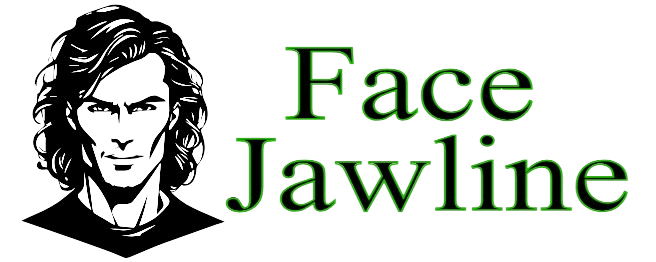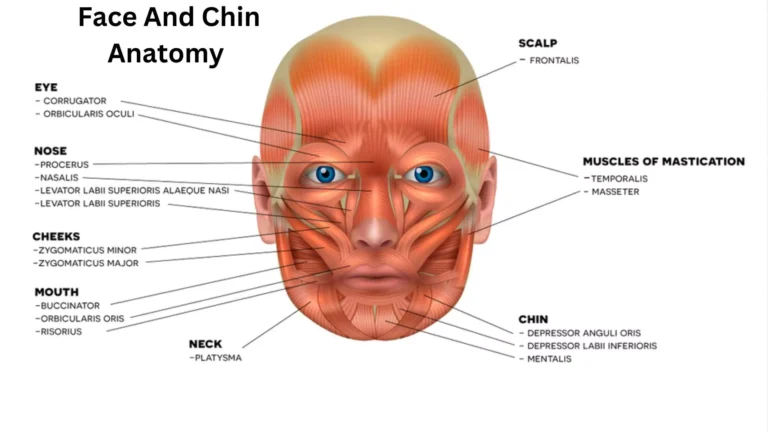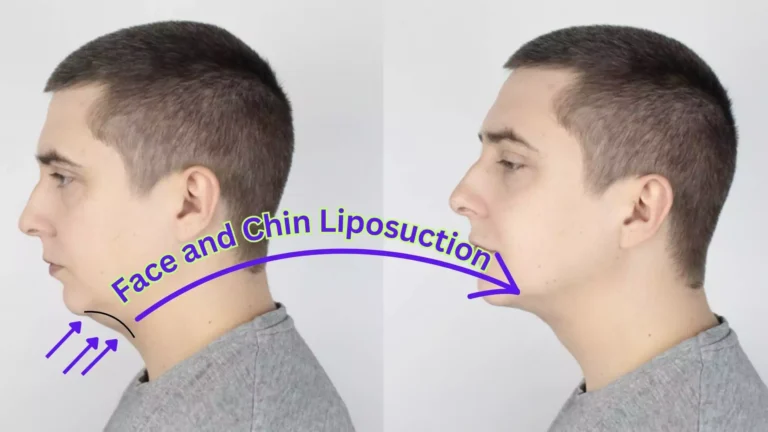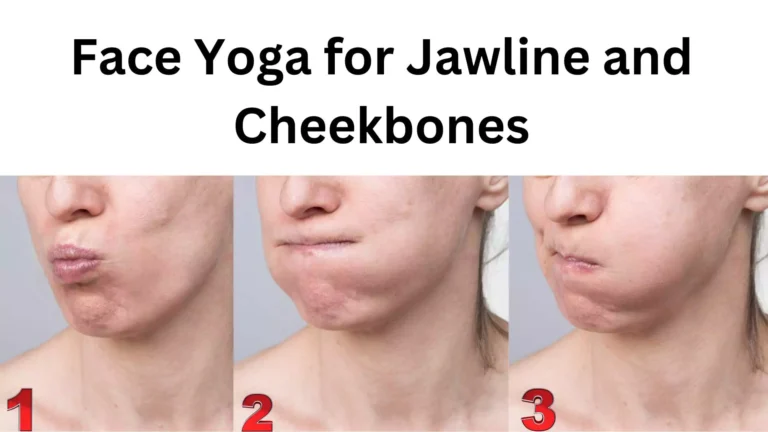How Posture Impacts Your Jawline: The Surprising Connection
Introduction
Posture is often associated with physical well-being, such as back pain or joint health, but its influence on facial aesthetics—particularly jawline definition—is less commonly discussed. Poor posture, especially when involving the head, neck, and shoulders, can lead to muscle imbalances, double chin formation, and diminished jawline sharpness. The way you carry yourself affects not only how others perceive you but also how your facial muscles and skin respond over time.

This article delves into the surprising connection between posture and jawline definition, explaining how factors like head positioning, muscle strain, and prolonged bad posture can alter the appearance of your jawline. We’ll explore the science behind posture, common postural issues that affect the jawline, and practical exercises you can incorporate to improve both your posture and facial appearance.
The Science Behind Posture and Jawline Connection

Posture significantly affects the alignment of the neck and jaw, which in turn plays a key role in how your jawline appears. Poor posture can cause the muscles around your jaw to weaken and sag, leading to a less defined jawline and, in some cases, issues with jaw alignment. To understand this better, let’s explore the biomechanics of how posture influences jawline definition.
Overview of Posture Impact

When the body is not aligned correctly—such as in cases of slumped shoulders or forward head posture—muscles and bones are pulled out of their natural positions. In particular, forward head posture, where the head juts out in front of the body, causes the muscles in the neck and jaw to work harder to keep the head stable. Over time, this can weaken the muscles under the chin and along the jaw, leading to a more rounded or double chin appearance.
Biomechanics of Jaw Movement

The alignment of the head and neck influences how the jaw moves and sits. Proper head positioning helps maintain a balanced, aligned jawline. When the head is pushed forward or tilted downward due to poor posture, the muscles around the jawline and neck experience strain, which disrupts the natural position of the jaw. This constant muscle tension can lead to issues like jaw misalignment, reduced mobility in the temporomandibular joint (TMJ), and even discomfort while chewing or speaking.
Clinical studies have demonstrated that forward head posture can increase tension on the muscles and ligaments surrounding the jaw. A misaligned jaw can also reduce the mouth’s range of motion, affecting how wide you can open your mouth. This not only impacts facial aesthetics but can also lead to functional issues like temporomandibular joint dysfunction (TMD).
Postural Issues That Affect Jawline Definition
Several common postural issues directly affect the muscles and bones that define the jawline. The following are the most significant problems:
Forward Head Posture

Forward head posture is one of the most common posture problems today, often caused by long hours spent looking down at screens or sitting in front of computers. In this position, the head moves ahead of the spine, causing the neck muscles to work overtime to keep the head from falling forward. This extra effort can lead to muscle imbalances, particularly in the platysma and digastric muscles, which connect to the jawline. These weakened muscles may result in sagging skin under the chin, contributing to the development of a double chin.
Rounded Shoulders and Neck Strain

When the shoulders round forward, as is often the case with poor posture, it shifts the alignment of the upper body. Rounded shoulders pull the head forward, increasing tension in the neck and jaw muscles. This prolonged tension can lead to strain on the jaw muscles and result in a less defined, weaker jawline. The added stress on the neck can also create a slouched appearance that further diminishes jawline sharpness.
Slumped Sitting
Slumping while sitting, especially for extended periods, not only affects your spine but also disrupts the alignment of your head, neck, and jaw. Studies, including one referenced in PMC9069639, suggest that poor sitting posture changes the way the jaw moves during mouth opening, causing strain on the temporomandibular joint. Over time, this misalignment can lead to jaw dysfunction and muscle sagging, reducing the definition of your jawline.
Improving Your Jawline Through Posture Correction

Correcting your posture can have a significant impact on the appearance of your jawline. The following exercises and techniques can help restore proper alignment and improve muscle tone in the jaw and neck area.
Postural Exercises
Specific exercises can correct forward head posture, strengthen the muscles around the neck and jaw, and improve the overall appearance of the jawline.
- Chin Tucks: One of the simplest yet most effective exercises for improving posture and jawline definition. Sit or stand with your back straight and gently tuck your chin towards your neck without moving your shoulders. Hold for 5–10 seconds, then release. Repeat 10 times daily to help align the head and neck.
- Neck Strengthening Exercises: Strengthening the neck muscles helps to support proper head alignment and relieves pressure from the jaw. Try exercises like side neck stretches or neck extensions to improve muscle tone.
Yoga and Stretching
Yoga and targeted stretches can help reduce muscle tension and improve posture, leading to better jawline definition.
- Downward-Facing Dog Pose: This yoga pose stretches the entire spine and neck, relieving tension and promoting better alignment. Practicing regularly helps maintain proper posture and reduce neck strain.
- Cat-Cow Stretch: This stretch is excellent for increasing spinal mobility and releasing tension in the neck and shoulders, which in turn supports better jaw alignment.
Incorporating these postural exercises and stretches into your daily routine can lead to noticeable improvements in both your posture and jawline definition.
Posture and TMJ Dysfunction
Poor posture doesn’t just affect the appearance of your jawline—it can also lead to temporomandibular joint dysfunction (TMD). TMD is a condition where the jaw muscles and joints become misaligned or overworked, leading to pain, limited jaw movement, and even headaches.
Connection Between Bad Posture and TMJ Dysfunction
When the head is positioned forward or the shoulders are rounded, it places excess pressure on the temporomandibular joint. This constant strain can lead to misalignment of the jaw and increased tension in the muscles that control jaw movement. Over time, this can result in jaw discomfort, popping sounds, and difficulty chewing or speaking.
Preventive Tips for Avoiding TMJ Pain Due to Poor Posture
To prevent TMD, it’s essential to maintain proper posture throughout the day. Regularly performing neck stretches and taking breaks from sitting can reduce muscle tension and promote better alignment. Ensuring that your desk and computer setup are ergonomically designed will also help prevent forward head posture, reducing the risk of TMD.
Practical Tips for Better Posture
Improving posture doesn’t have to be complicated. Small, consistent adjustments throughout the day can significantly impact both your overall health and the definition of your jawline.
Daily Adjustments
Be mindful of your posture when sitting, standing, and even sleeping. When standing, ensure your ears, shoulders, hips, and ankles are aligned in a straight line. While sitting, keep your feet flat on the floor, your back supported, and your head in a neutral position.
Ergonomics at Work
Set up your workstation to encourage good posture. Position your computer screen at eye level to avoid slouching or leaning forward. Invest in an ergonomic chair that supports your back and keeps your feet flat on the floor.
Mindfulness and Regular Stretching
Being aware of your posture throughout the day is crucial. Take regular breaks to stretch your neck and shoulders and perform chin tucks to keep your head in proper alignment. These small actions can prevent muscle imbalances that lead to a sagging jawline.
Conclusion
Good posture is more than just standing up straight—it’s an essential factor in maintaining a well-defined jawline. Poor posture, particularly forward head posture and rounded shoulders, can cause muscle imbalances and strain on the neck and jaw, leading to sagging skin and a less defined facial structure. By correcting your posture through exercises, stretches, and mindfulness, you can improve not only your overall health but also the appearance of your jawline.
Incorporating posture correction techniques into your daily routine can lead to long-term benefits, including a sharper, more youthful jawline. Start today with small adjustments, and over time, you’ll notice significant improvements in both your posture and facial aesthetics.








One Comment